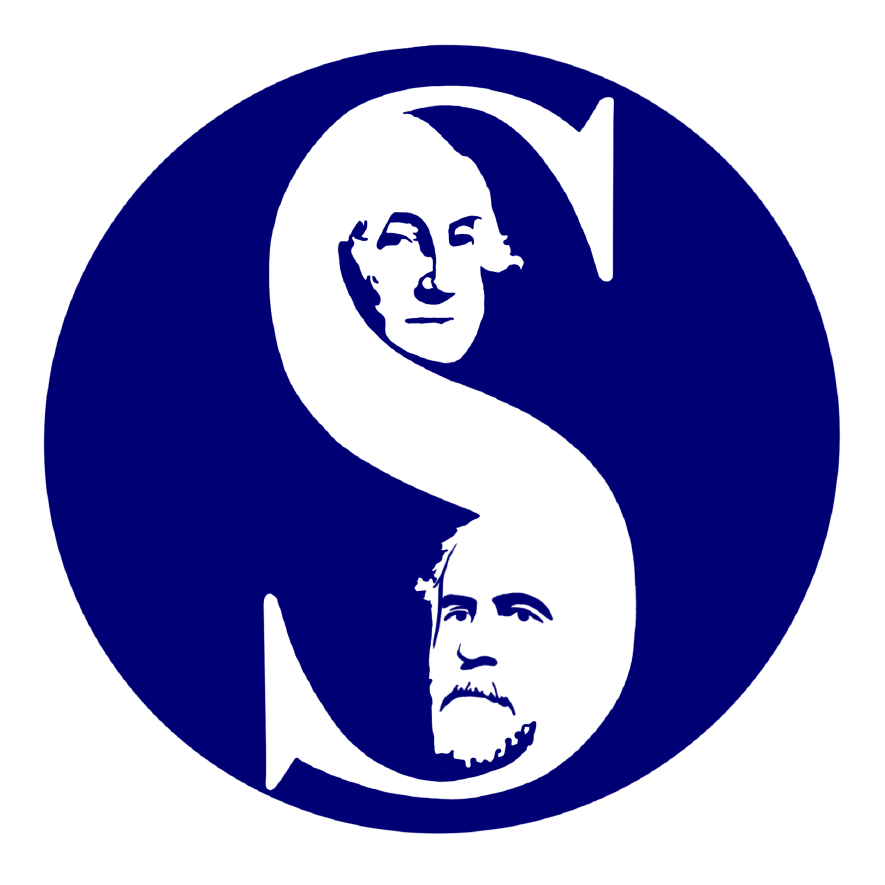Winter Arrival Testing: A Critique
By Maximillian J. Gebauer ‘22
As part of Washington and Lee’s Covid-19 response, all students were required to get a school-administered PCR test in the course of their return to campus in January. This arrival testing requirement has been standard protocol since W&L brought students back to campus in the fall of 2020. In previous iterations of the policy, students were required to get a test within a certain window of their return and quarantine while they awaited their results.
If our goal is to effectively minimize community spread, such a policy is clearly defensible, especially before vaccination requirements went into place. By quarantining students before they receive their test results, should anyone test positive upon return, they will not come into contact with many people before knowing that they are positive. It is apparent that the policy goal – preventing widespread community transmission when students return to campus – is only achieved under both a testing requirement and a quarantine-until-proven-negative approach.
The financial cost of mass arrival testing is clearly significant: the PCR tests themselves, staff to administer them over several days, the allocation of testing space, and general management costs, to name some of the most obvious. In the 2020-21 academic year, the W&L Annual Fund put out signs stating that the university was spending upwards of $200,000 a week on testing. It is reasonable to assume that the cost of the school’s arrival testing program this fall was in this ballpark which highlights the financial significance of this policy. The justification for such an expenditure by a university that could clearly find other worthwhile uses for those funds is dependent on the execution of the policy actually achieving its purpose, at least to some meaningful degree.
Even a casual observer of Washington and Lee’s arrival testing program for Winter 2022 can see that its execution was flawed from the outset. A combination of two features of the policy unmistakably undermines its raison d’être: namely, the lack of a quarantine-until-proven-negative requirement and the five-day window students received to get their test. These flaws, coupled with the lack of a testing requirement post arrival and general Covid testing apathy among the student body, make this year’s arrival testing scheme no more than a costly example of security theater.
The return from Winter Break was staggered, with most female students returning days early for sorority rush. As a result, many individuals were screened well before the majority of students returned to Lexington. Even if these early-arrivers received a negative result, they would soon be in close contact with hundreds of their untested peers. Indeed, a large percentage of students attended the first week of class and social events without having their test results back. Compounding this problem were frequent delays in returning test results to students, which only lengthened the period of time in which Covid-positive students could actively spread the virus before eventually being required to isolate.
If the entire point of arrival testing is to prevent community spread, then the mere fact that the policy would allow for a Covid-positive individual to spend up to a week attending all social and academic events before even knowing that they have Covid seriously undermines the legitimacy of the policy. The true effectiveness of the arrival testing scheme is unknowable, as the lack of post-arrival testing prevents us from knowing the true magnitude of the policy’s failure. It is especially bewildering that the university would implement this policy knowing that the dominant Omicron variant is by far the most transmissible to date, which exponentially magnifies the community spread “problem” allowed by the policy. If one believes that the university should still be pursuing Covid mitigation policies, then it is clear that the current policy is unsatisfactory due its lack of a quarantine-until-proven-negative requirement and the five-day window students received to get their test. And if one is of the opinion that being in a near fully vaccinated and boosted population of almost entirely low-risk individuals makes additional Covid mitigation policies in general unwarranted, then the policy is unjustified all the same.
The form that this policy takes is an ominous harbinger for how the university plans to end its Covid response. It signals that the administration and COVID-19 Committee plan on dragging out the end of Covid policy far past what is justifiable on substantive grounds with increasingly lax yet still costly and onerous policies that burden both students and faculty. Policies like this arrival testing scheme may be no more than a show, but this show comes with a heavy cost.

